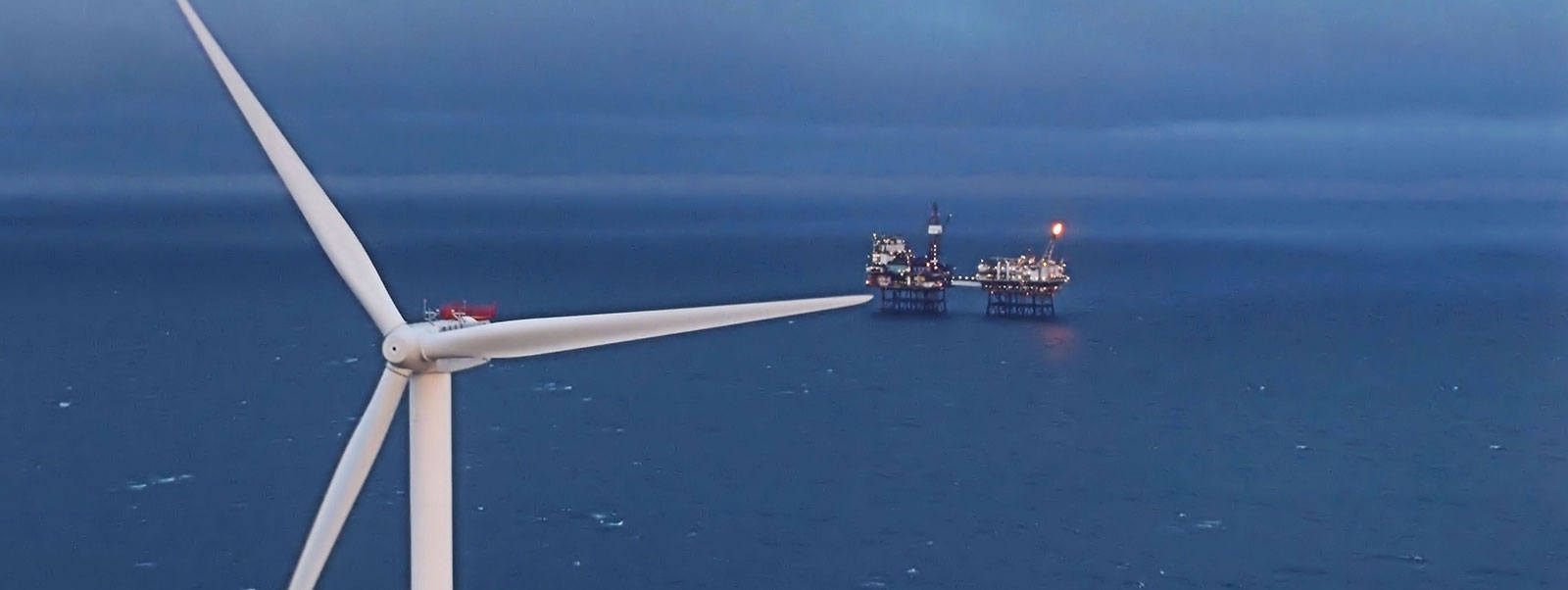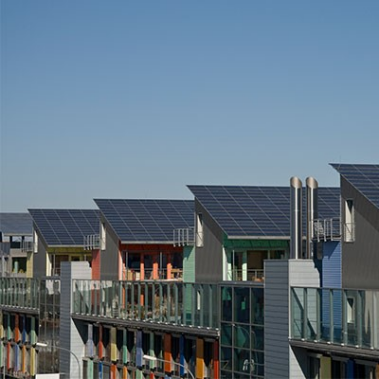Major European players such as Total and Shell are moving into renewable power generation, while others such as Devon, ConocoPhillips, and BP are focusing on improving the quality and cash flow of their core holdings. Devon and ConocoPhillips are expanding their reach in shale. BP is investing more in deep-water exploration and production. Others like ExxonMobil and Shell are moving more into petrochemical manufacturing and lubricant sales.
Squeezed by smaller capital budgets cut by about 30 percent, or $200 billion, in the past two years, oil and gas companies are prioritizing investments that provide near-term cash flow over longer-term, technology-enabled plays. Frontier exploration budgets have been slashed, in favor of lower risk, incremental exploration. In North America, budgets are expected to rise by 20 percent per year through 2020, but capital expenditures will go primarily towards low-cost, quick-to-production shale fields, such as Permian and Eagleford.
To see the full version of this article, please open the pdf below.
OIL AND GAS INDUSTRY CAPITAL EXPENDITURES
The industry’s smaller capital expenditure budgets are on the mend
Source: SG Cross Asset Research/Equity, Oliver Wyman analysis, all estimates
About Authors
Bill Heath is a London-based partner in Oliver Wyman’s Energy practice, and Robert Peterson is a Houston-based partner in Oliver Wyman’s Energy practice.
This article first appeared on BRINK.





